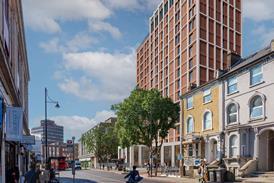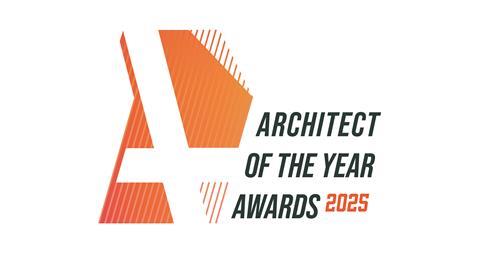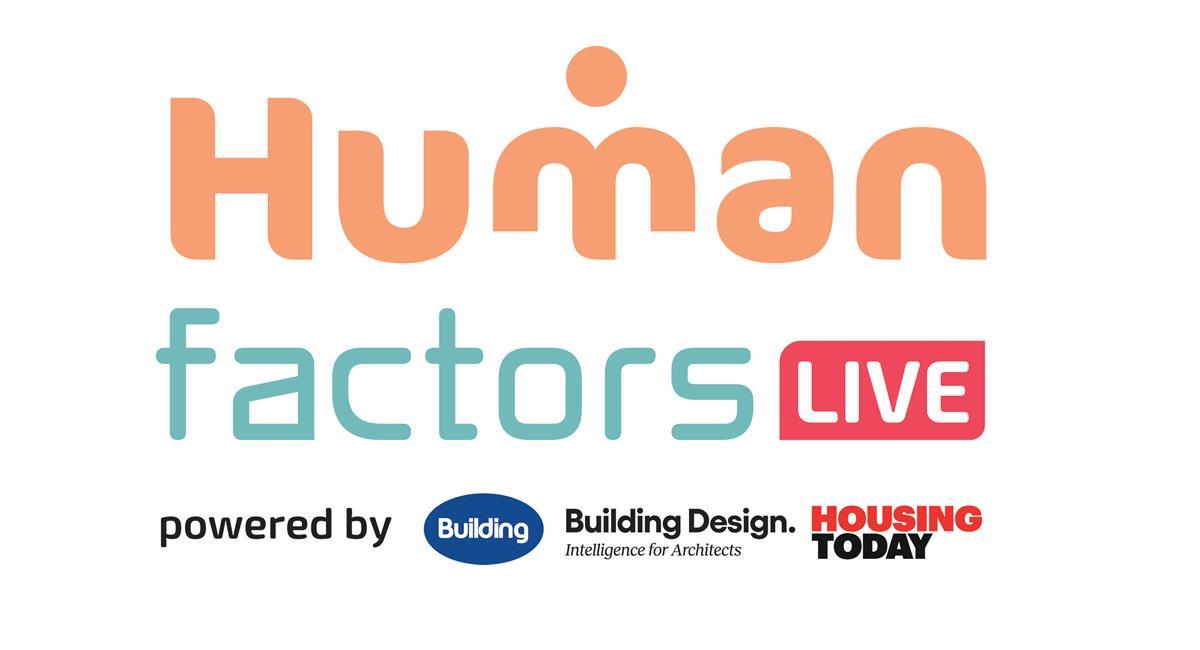Through his work with the Urban Land Institute, Andrew Teacher is launching a drive to rethink how accessibility is built into cities – informed by his own experience of navigating the world with sight loss

Is it me, or are restaurants these days often so dark that you can’t even read the menu? Streets dimmer under the shadow of a cost-of-living crisis forcing councils to turn down street lights. Train stations and shops getting more dazzling and confusing as glaring, haze-inducing LED panels scream at you from every surface.
It might be me. In fact, it is me. Because I suffer from a degenerative eye condition called retinitis pigmentosa. From birth, I’ve never had any night vision.
But in my early twenties, the consultants at Moorfields explained that the RP that we thought simply caused night blindness and slightly shoddy peripheral vision would send me blind in my early forties. Like age-related macular degeneration, which many people have heard of through relatives or friends, RP and other such inherited conditions screw up the eyes in different ways.
First you lose peripheral vision, which makes things like cricket and rugby a bit of a no-go. And then the central vision goes, which makes watching football a no-go as well, frustratingly.
Over the years, the vision has crept in whilst the central vision has deteriorated, meaning that reading a newspaper or looking up at the timetable in a railway station have become impossible tasks. Thankfully, technology has improved markedly, and from pocket computers that let you invert the colours on apps to tiny telescopes, there are workarounds – to a point.
Where this leads me to is a massively heightened sensitivity to obstacles and risks, whether that’s an unmarked step or the disconcerting glare that comes from wickedly bright advertising screens. The same will clearly be true for people with any number of invisible disabilities, such as hearing loss or neurodiversity conditions.
That’s why it surprises me that more effort isn’t made across the environment to make buildings, places, and the interfaces between them more universally accessible. We’ve come a fair way in accommodating wheelchairs in many places. But even in the face of disability discrimination legislation, I can’t personally imagine the stress of trying to get from A to B in a city like London using public transport with a wheelchair.
The point now is that there are a bundle of different principles which go into making things accessible, and not all of them require an extreme measure, such as a ramp or a Braille map. For me personally, and many others that will have a modest or severe visual impairment, thinking about contrast – having white or yellow text on a dark background and reducing glare from lighting – can be hugely significant.
It’s impossible to cater for every single niche and ailment. But there is a fair amount of empathy which should come as standard
But even though the £20 billion Crossrail project, winner of the Stirling Prize of course, has wheelchair-accessible platforms, the signage and wayfinding, particularly at complex interchanges like Canary Wharf, are utterly abysmal. And they don’t need to be.
It’s impossible to cater for every single niche and ailment. But there is a fair amount of empathy which should come as standard in certain roles, whether that’s an architect, a planner, or a police officer.
Let me give you one very surprising example from 25 years ago. I was a young twenty-year-old journalist working at the NME, back when it was a newspaper and the ink used to come off on your fingers. I was still clutching a camera next to the side of the stage at Reading Festival in 2001, with Eminem about to come on stage.
Obviously, to be photographing him, I was getting ready to show my credentials to the Marine-looking superhero security guard stood in front of me. The major American acts would always bring their own security on tour, never trusting the released prisoners shipped down from Glasgow to man southern music festivals.
Mr Marine took one look at me and said, “You’re not coming in my pit.” “Why is that?” I protested as politely as I could. He gestured to my pupils, which were dilated because of the RP and the fact that they don’t adjust to the dark, and explained that it was clear I’d taken something and shouldn’t be anywhere near the pit.
I responded calmly, explaining that I had RP, and before I had the time to explain it or qualify, he apologised, put an arm around me, and escorted me in, knowing precisely what I was talking about and being embarrassed about the presumption he had made. This was pretty surprising given the combative stance that such characters take. But in the many years I spent photographing bands and working as a journalist in music, I found security personnel at most venues to be equally accommodating.
To combat the challenge of walking around in the dark, I would map out buildings in my head and be able to identify the steps at London Astoria or the Brixton Academy with my eyes closed – literally – because the central vision at that point was still there. I was able to see what was happening on stage. I just couldn’t always find the stage.
There’s not going to be a playbook for every situation, but there should be some principles in place that enable people to know what they don’t know and ask the questions to fill in the gaps
Back in today’s landscape, I find that even in new buildings, proper consideration isn’t given to contrast on steps or even very simple things, and that considerations aren’t made around where ramps and other access points go. Basic principles like enabling people to all go in through the same entrance still seem alien to people, even in modern buildings.
And how many restaurants have you been in recently where you could hardly hear yourself think, let alone hold a conversation? There’s a growing body of research around the impacts of noise on stress and wider health. And yet, just as restaurants crank up the clattering sound of plates and cutlery whilst turning the music up to inaudible levels, people are stopped from chatting and enjoying the restaurant properly.
Similarly, it angers me when, upon asking to use an accessible toilet in a restaurant to avoid a deadly flight of dark spiral stairs, you find that said loo is just as pitch black as the rest of the restaurant – almost like the designers are having a bit of a laugh.
Of course, one of the issues here is that modern society is so afraid of offending people that some will be afraid to ask. So, through my role on the executive committee for the Urban Land Institute, I want to spend the next year trying to create some collaborative thinking in this area.
Lots of companies, from the Crown Estate to British Land, are doing an array of things to help in this area, whether it’s turning music off in shopping centres at certain times to help neurodiverse customers or thinking around wayfinding in the streets. But thinking is disjointed and outcomes are inconsistent. There’s not going to be a playbook for every situation, but there should be some principles in place that enable people to know what they don’t know and ask the questions to fill in the gaps.
Admittedly, not all of this could be solved through better design, but – excuse the pun – I think there are many urbanists out there falling over themselves to help solve some of these dilemmas.
Postscript
Andrew Teacher is a co-founder of Lauder Teacher, a global strategic communications consultancy. He also sits on the executive committee for the Urban Land Institute.
















2 Readers' comments